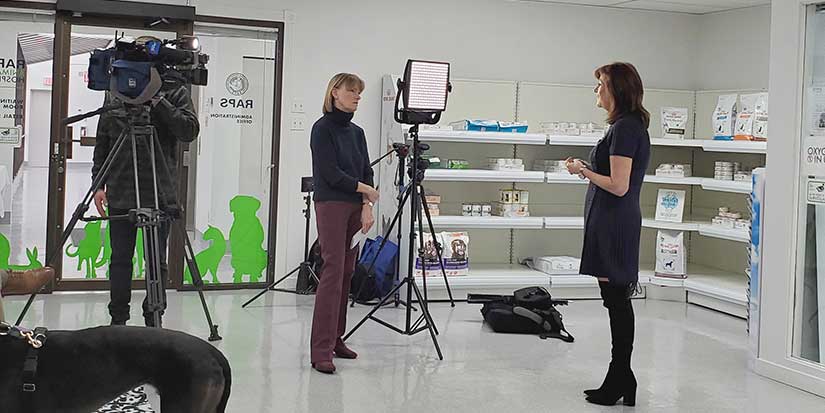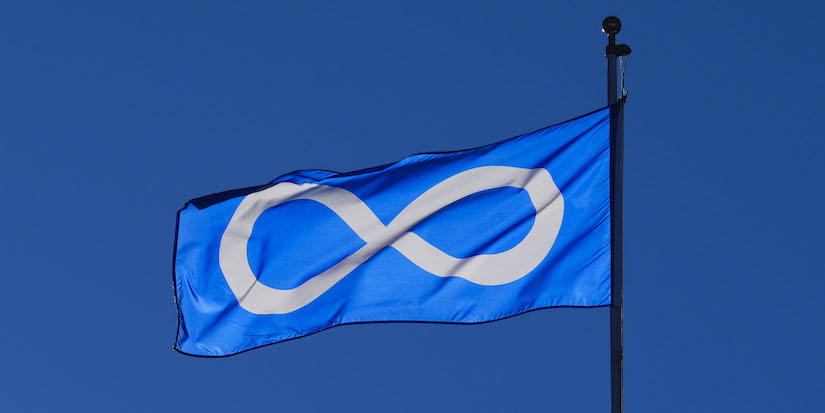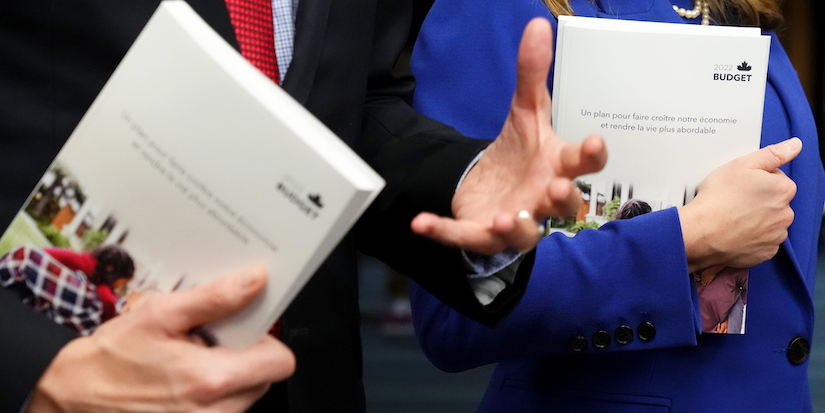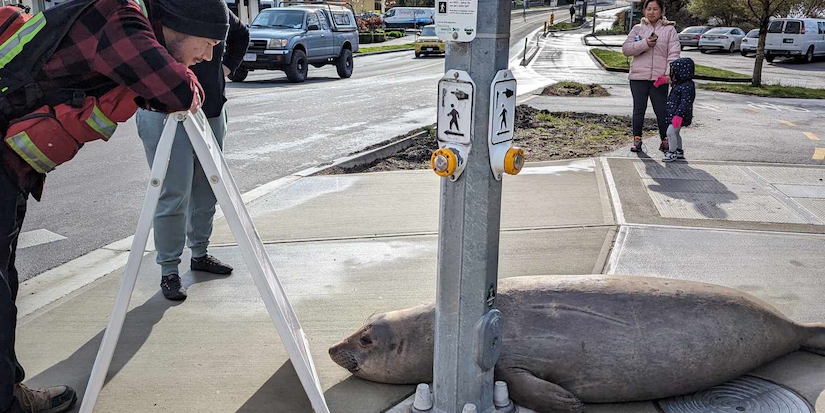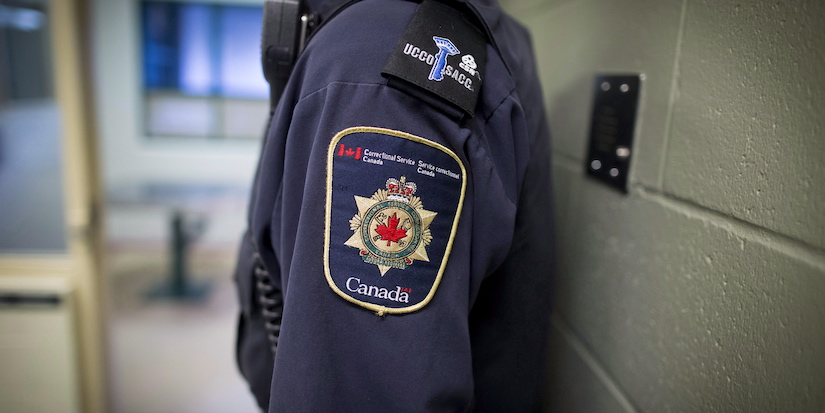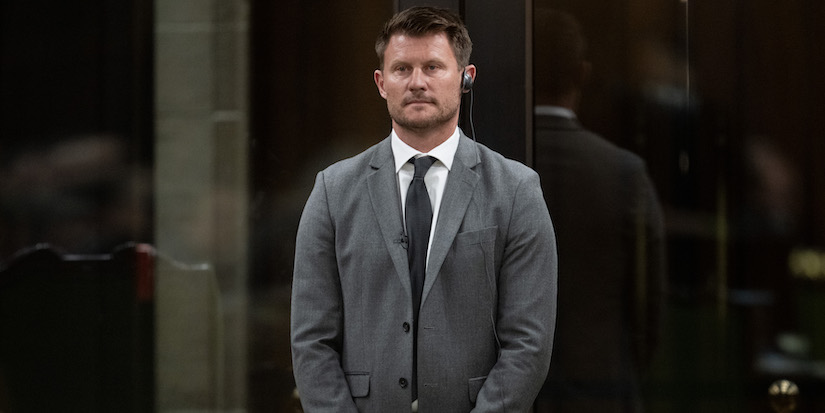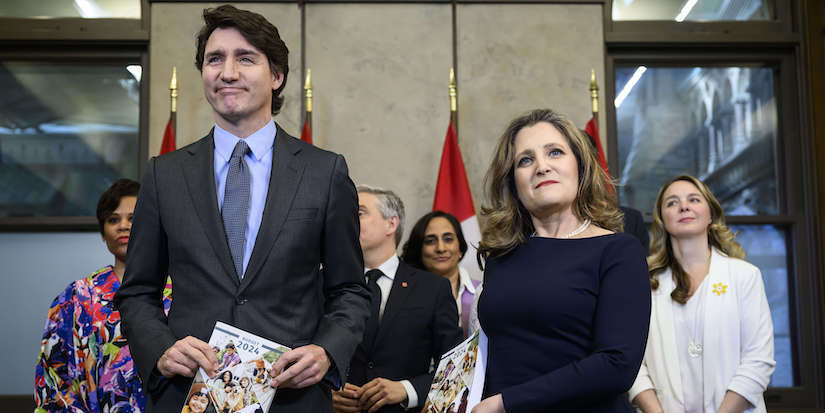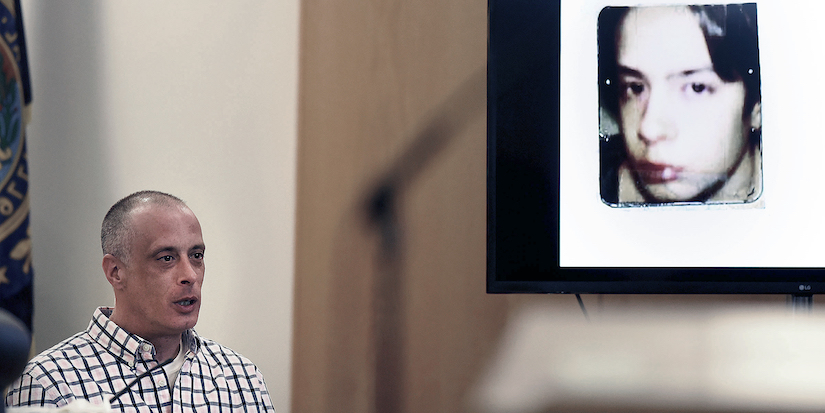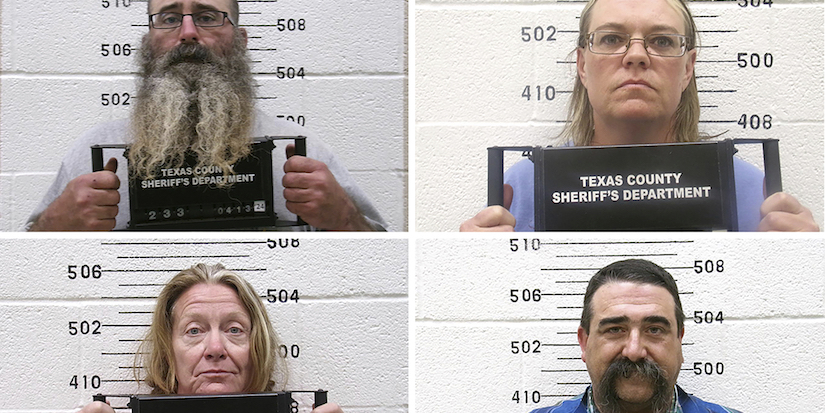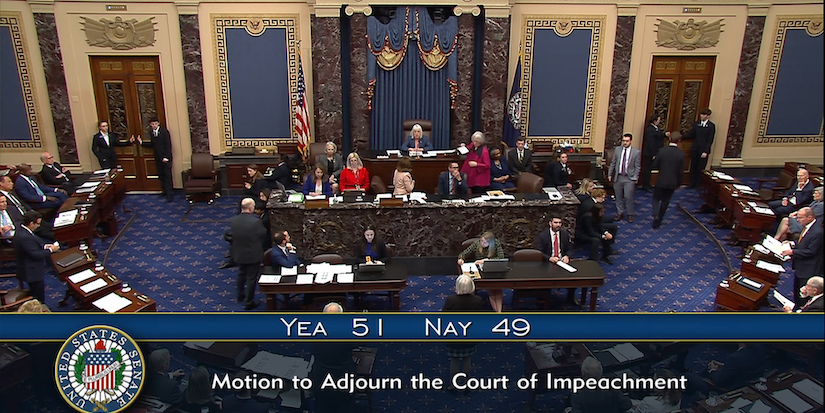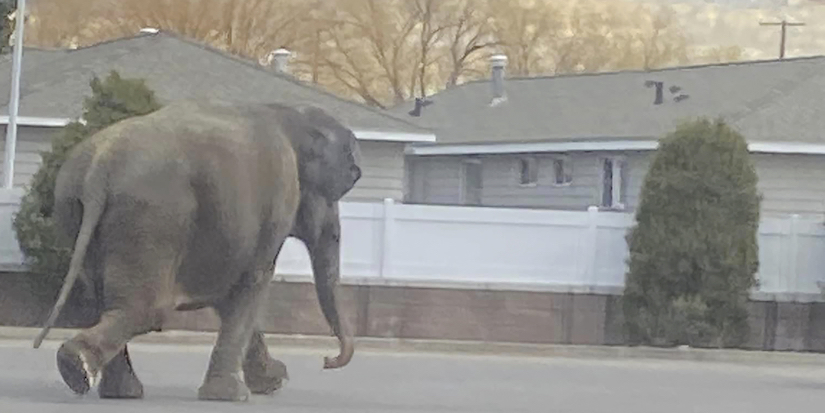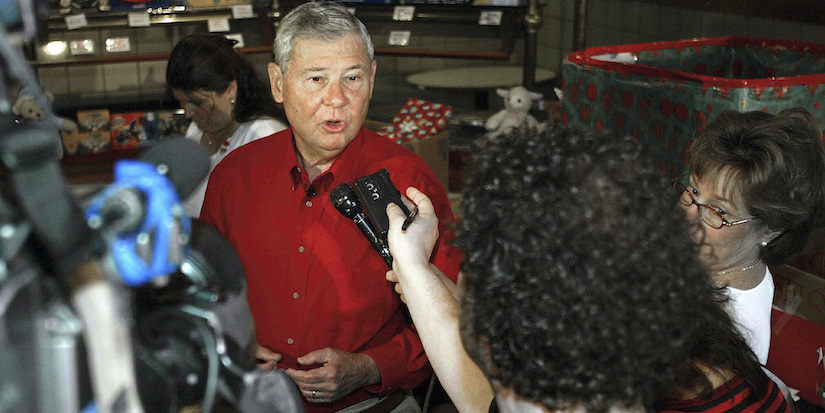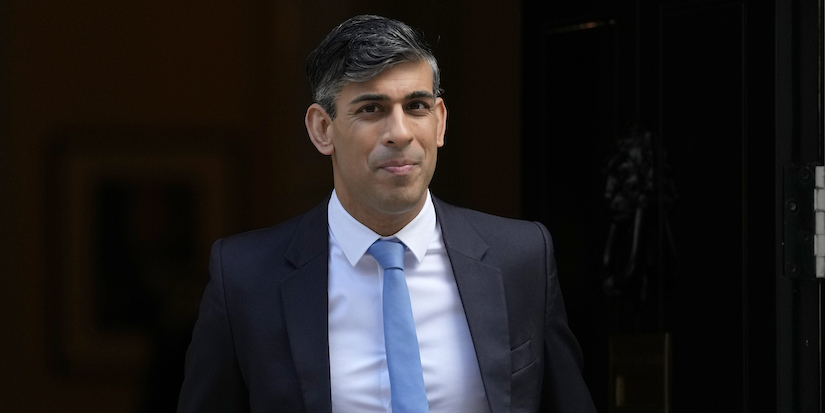Latest News
World expert in vet therapy visits

Published 2:03 PST, Thu December 19, 2019
Last Updated: 2:13 PDT, Wed May 12, 2021
—
Dr. Diane Levitan, a renowned expert—perhaps the world-leading expert—in veterinary applications of hyperbaric oxygen therapy, was in Vancouver earlier this month.
The Regional Animal Protection Society brought Dr. Levitan from New York City to address a sold-out evening for veterinarians and veterinary technicians throughout Metro Vancouver and the Fraser Valley.
It was important for us, as an organization, to expose veterinary professionals in the area to her expertise and the vast range of applications for this innovative therapy. Earlier this year, the community-owned RAPS Animal Hospital opened Canada’s only veterinary hyperbaric oxygen therapy facility. Used for decades in human medicine, and with centuries of history and research behind it, hyperbaric oxygen therapy is a noninvasive treatment that can have dramatic impacts on an enormous number of pet ailments.
At the event, which took place at Science World, Dr. Levitan explained the history of the therapy, which rose to prominence primarily in the 1960s, with the use of 100 per cent oxygen in pressurized chambers. She outlined the types of conditions that it is most commonly recommended for, including edema, increasing the efficacy of antibiotics, to work as an antifungal, to help bone healing, to increase new blood vessel growth and repair of damaged capillaries, and increasing the mobilization of stem cells in a patient’s circulatory system. The therapy is especially good for tissue repair, gastrointestinal diseases, inflammation and infections, as well as toxic snake and spider bites.
It is also used in the treatment of cancer.
“Cancer hates oxygen,” Dr. Levitan said. Used in combination with chemotherapy and other medical management approaches, it is showing great potential. Dr. Levitan talked about how the fire department brings her animals that have been in house fires and the impact that hyperbaric oxygen therapy has in ameliorating carbon monoxide poisoning and burns. In short, she explained, it works by increasing the level of oxygen in the blood system, which thereby reduces dependence on red blood cells and allows oxygen to reach the parts of an injury, burn or other condition that requires oxygen for healing.
While sedation is sometimes recommended prior to the treatments, she said, most animals just curl up and go to sleep in the facility. Procedures generally take about an hour and veterinarians recommend a series of five or more treatments for most applications.
At the RAPS Animal Hospital, we have seen dramatic improvements in injuries and recovery after surgery when care is accompanied with hyperbaric therapy. Dr. Levitan stresses that the therapy is not a standalone panacea. It works in conjunction with more conventional methods.
In the few months that our hyperbaric facility has been operating in the RAPS Animal Hospital, we have seen some dramatic improvements in animals with serious skin conditions, including burns, as well as limb injuries and internal conditions.
We have been extremely fortunate to be able to offer this innovative modality to companion animals in British Columbia. Already available in about 70 of the most advanced veterinary practices in the United States, hyperbaric oxygen therapy seems destined to expand dramatically in Canada, Dr. Levitan said. Until then, if you want to discuss how this procedure could help your companion animal, talk to one of our veterinarians.
May this season be warm and bright and may 2020 bring joy to all the people and animals in your life.
Eyal Lichtmann is CEO & Executive Director of the Regional Animal Protection Society.
